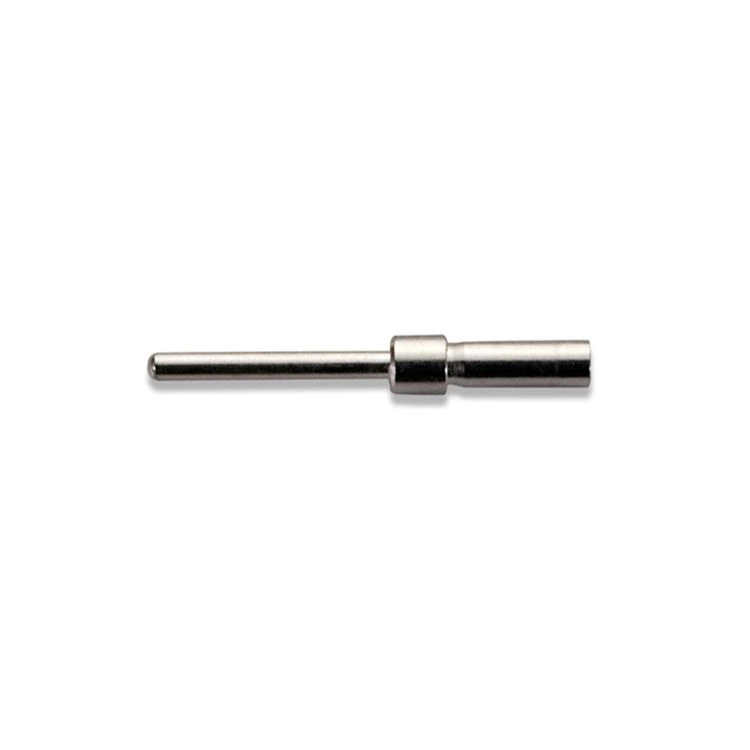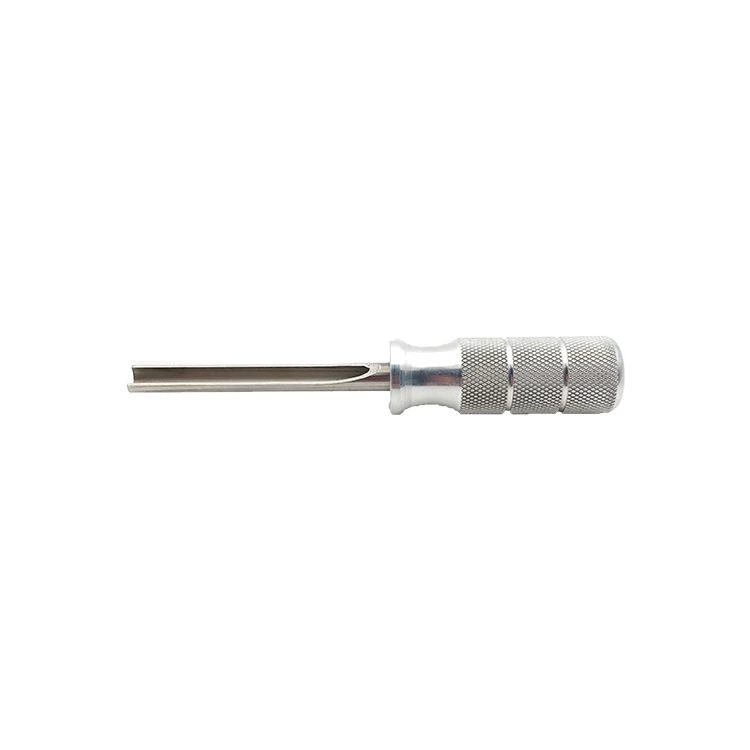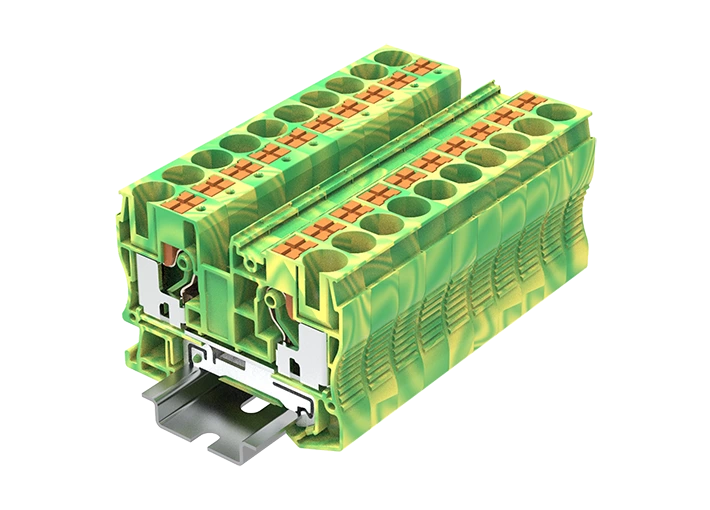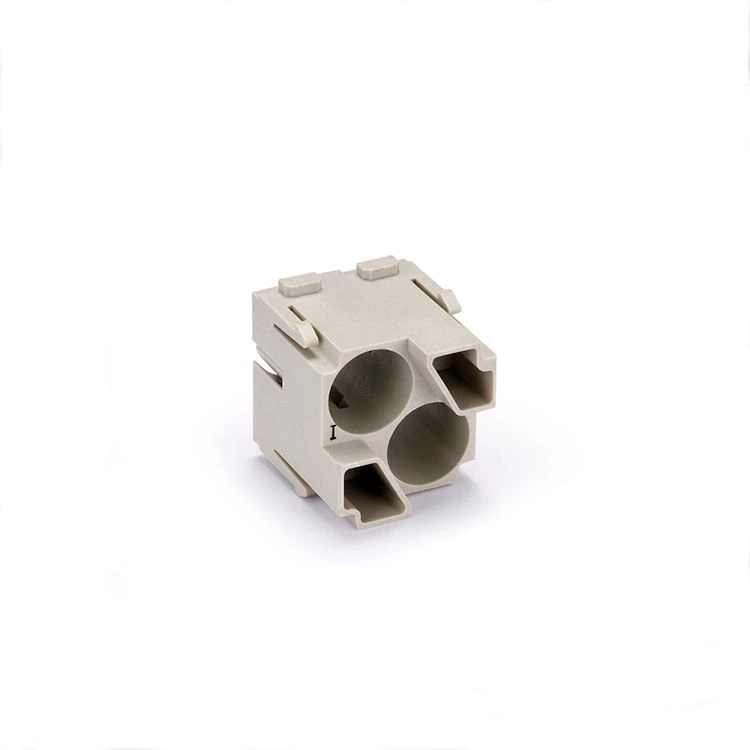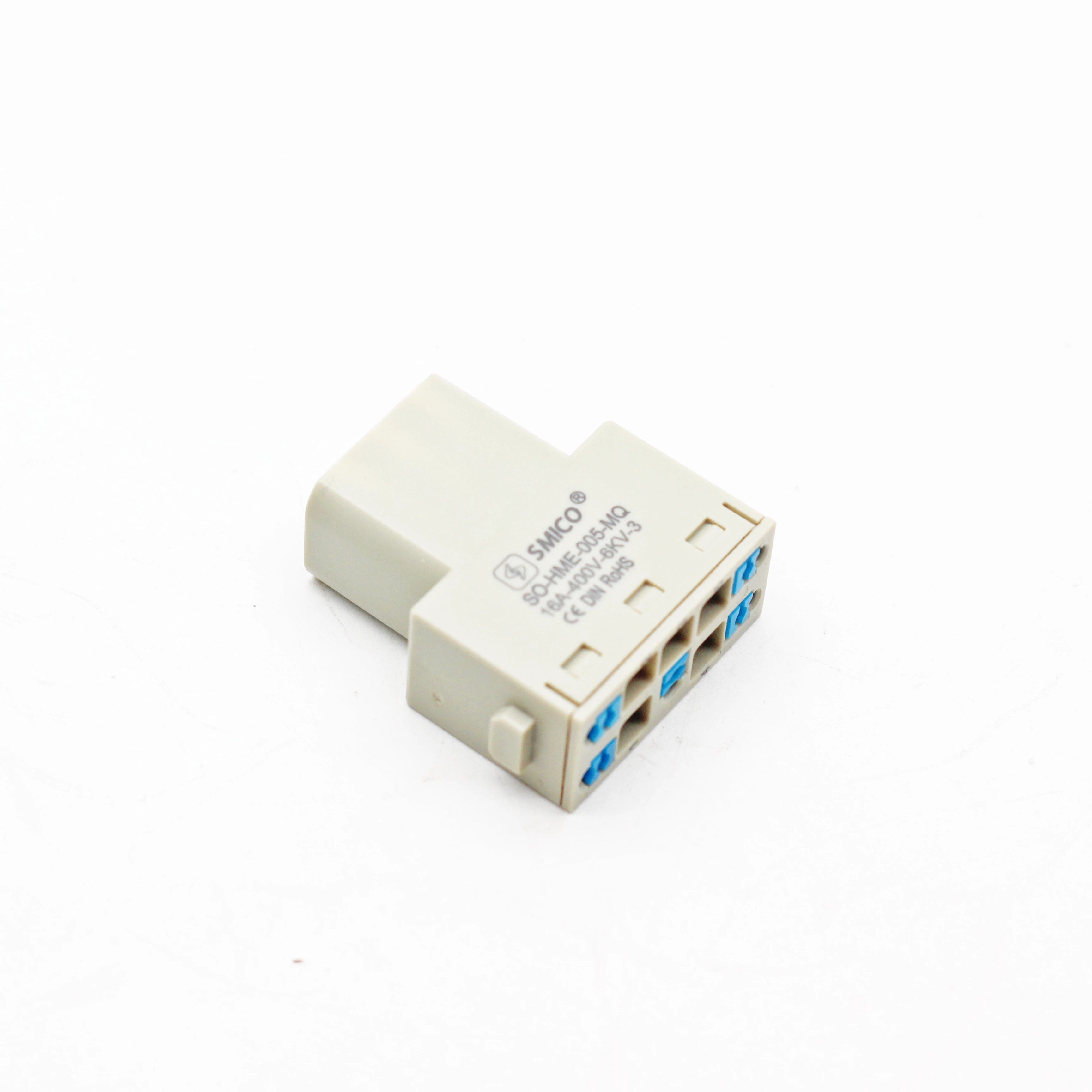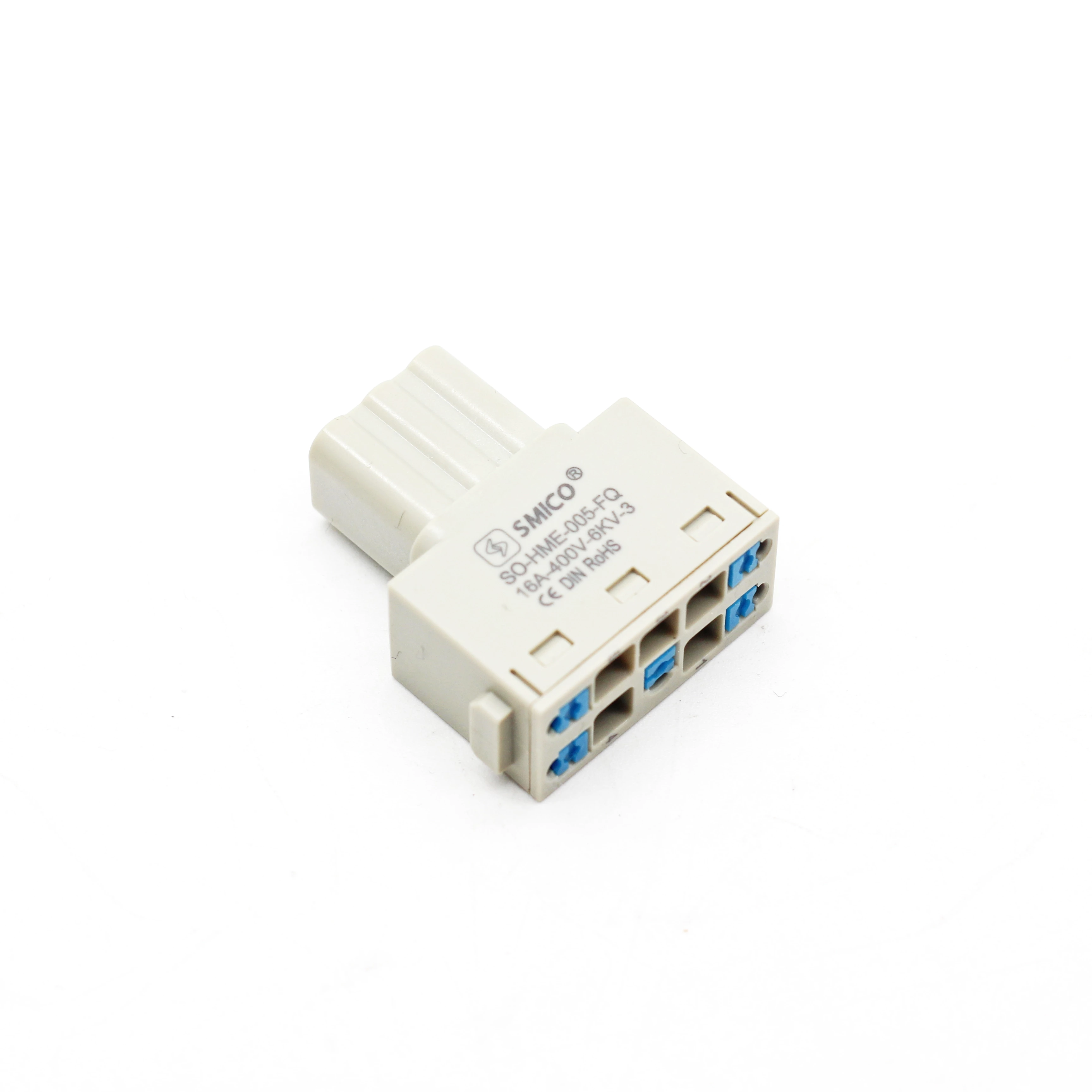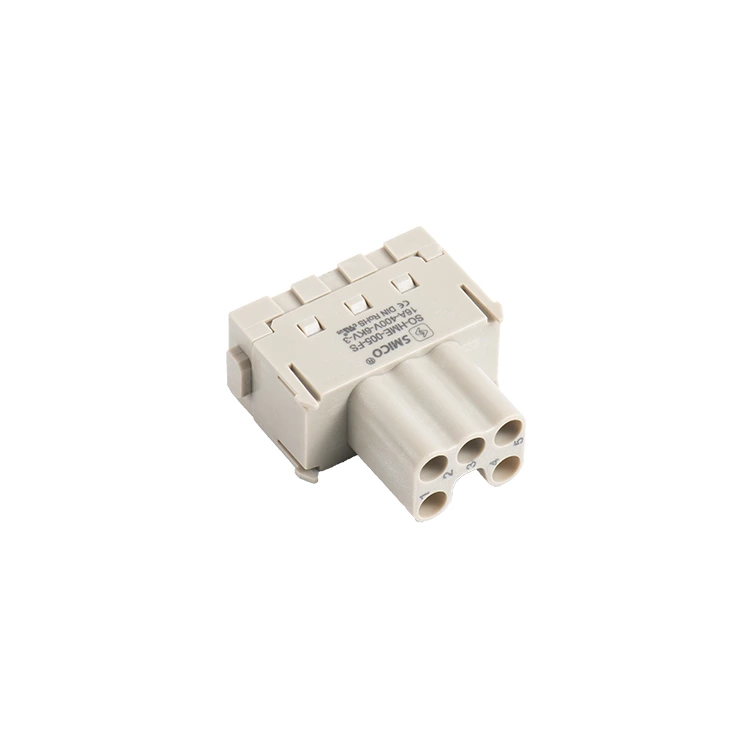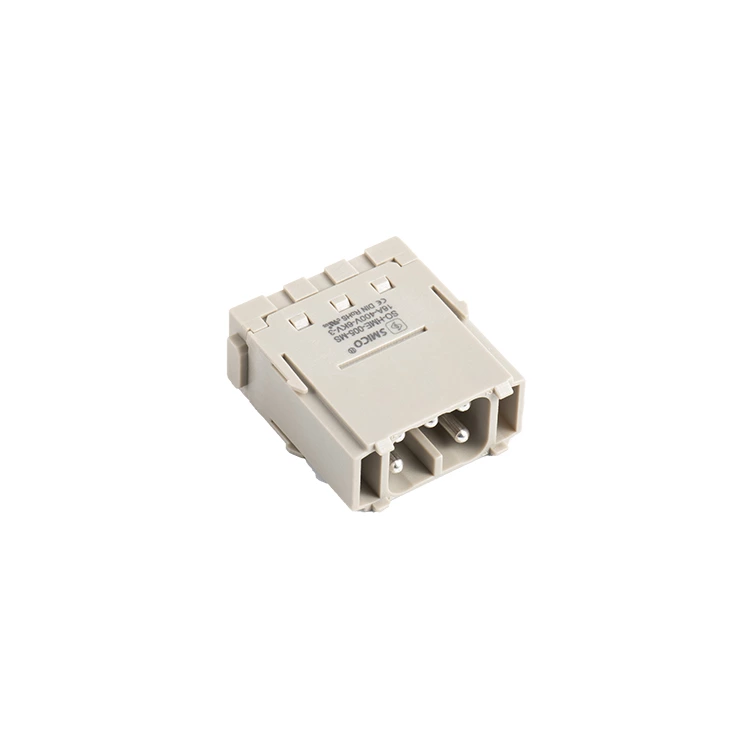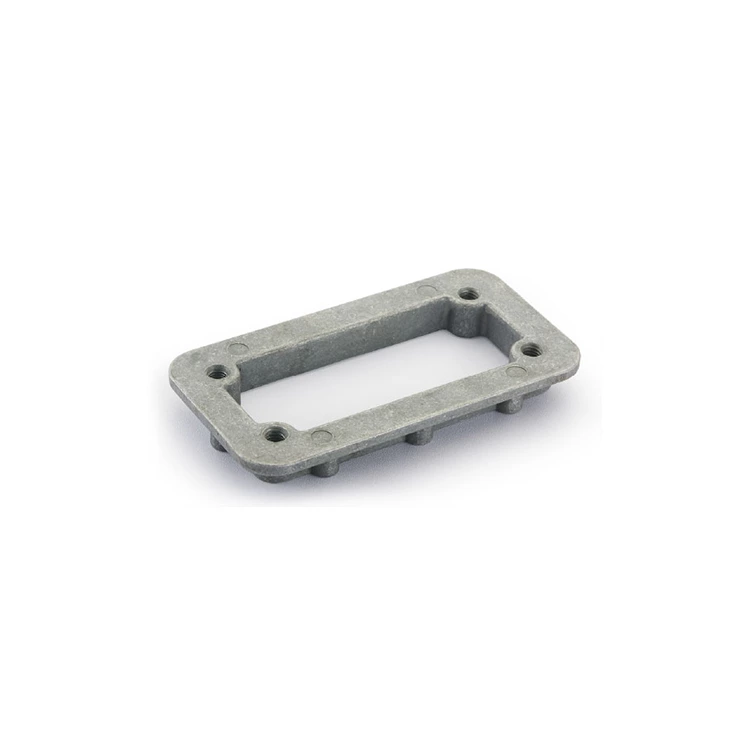The Cold-pressed Pin Rivet Connection Method Has Good Mechanical Strength.
The contact socket crimp riveting method establishes a stable mechanical locking interface between the crimp contact female metal materials by forming a deformed rivet structure at room temperature. After the rivet is inserted into the alignment hole, its tail end undergoes plastic deformation under tool pressure, forming a second head that, together with the other head, clamps the connected components. This creates an interference fit at the riveting joint, adding friction and compressive stress, making the connection resistant to shear and tensile loads.
Plastic deformation not only forms a reliable "lock" at the rivet tail end but also creates a localized compressive stress zone around the base material, improving the overall strength and durability of the connection. This riveting method avoids the effects of high temperatures on the microstructure of the base material and does not lead to the weakening of the heat zone that may occur during welding, thus resulting in a more stable and reliable connection strength.
